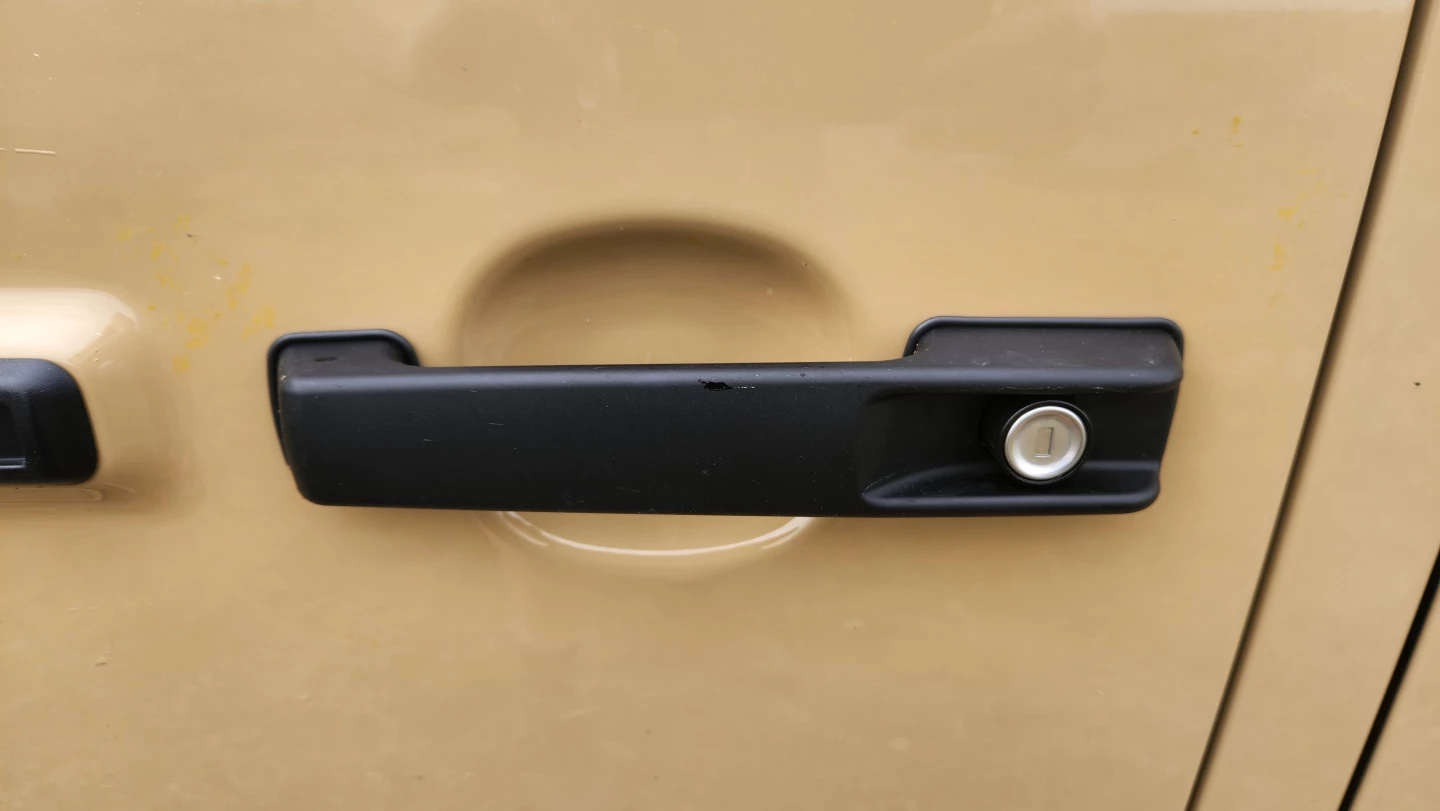Technology
The Evolution of Car Door Handles: A Blend of Tradition and Innovation

The design and functionality of car door handles have undergone significant changes, merging traditional design with modern technology. While the basic concept of a door handle has remained consistent for over fifty years, advancements in materials and engineering have transformed how these components operate and integrate with vehicle systems.
Technological Advancements in Door Handle Design
Historically, car door handles were simple mechanical devices, often made from metal or plastic. These handles operated via a straightforward pull mechanism, providing a tactile experience familiar to generations of drivers. In recent years, however, manufacturers have introduced features that enhance user interaction and vehicle security.
Modern door handles often incorporate electronic systems that allow for keyless entry, which has become increasingly popular. These systems enable drivers to unlock their vehicles with the mere presence of a key fob, a significant departure from traditional methods. According to industry data, approximately 30% of new vehicles sold globally in 2023 now feature this technology.
Additionally, advancements in materials science have led to the development of more durable and lightweight handle designs. Engineers are using high-strength polymers and composites, which not only reduce vehicle weight but also improve the overall aesthetic appeal of the door handle. This shift aligns with the automotive industry’s broader push towards sustainability and efficiency.
Impact on Vehicle Design and User Experience
The evolution of door handles also reflects changing consumer preferences. Today’s drivers demand vehicles that not only perform well but also offer a seamless user experience. As a result, car manufacturers are focusing on integrating door handles into the overall design language of vehicles.
For instance, some premium vehicle models feature flush-mounted handles that pop out when touched. This innovative design enhances aerodynamics and contributes to the vehicle’s sleek appearance. The transition to these hidden door handles is more than just aesthetic; it is a practical solution aimed at improving fuel efficiency by reducing drag.
Experts predict that as the automotive market continues to evolve, the role of door handles will expand beyond mere functionality. In a world where connectivity is paramount, future door handles may incorporate biometric technologies, allowing for personalized vehicle access based on the driver’s unique characteristics.
The changes in door handle design are part of a broader trend in the automotive industry, where design and technology converge to create vehicles that are not only functional but also engaging. As manufacturers continue to innovate, the humble door handle will likely remain a focal point of automotive design, balancing tradition with the demands of modern technology.
As the global automotive market adapts to these changes, it is clear that even the simplest components, such as door handles, play a significant role in shaping the future of transportation. The intersection of functionality, security, and design ensures that car door handles will continue to evolve, reflecting the ongoing transformation of the automotive landscape.
-

 Technology5 months ago
Technology5 months agoDiscover the Top 10 Calorie Counting Apps of 2025
-

 Health3 months ago
Health3 months agoBella Hadid Shares Health Update After Treatment for Lyme Disease
-

 Health3 months ago
Health3 months agoErin Bates Shares Recovery Update Following Sepsis Complications
-

 Technology4 months ago
Technology4 months agoDiscover How to Reverse Image Search Using ChatGPT Effortlessly
-

 Technology1 month ago
Technology1 month agoDiscover 2025’s Top GPUs for Exceptional 4K Gaming Performance
-

 Technology3 months ago
Technology3 months agoElectric Moto Influencer Surronster Arrested in Tijuana
-

 Technology5 months ago
Technology5 months agoMeta Initiates $60B AI Data Center Expansion, Starting in Ohio
-

 Technology5 months ago
Technology5 months agoRecovering a Suspended TikTok Account: A Step-by-Step Guide
-

 Health4 months ago
Health4 months agoTested: Rab Firewall Mountain Jacket Survives Harsh Conditions
-

 Lifestyle5 months ago
Lifestyle5 months agoBelton Family Reunites After Daughter Survives Hill Country Floods
-

 Health3 months ago
Health3 months agoAnalysts Project Stronger Growth for Apple’s iPhone 17 Lineup
-

 Technology4 months ago
Technology4 months agoHarmonic Launches AI Chatbot App to Transform Mathematical Reasoning









